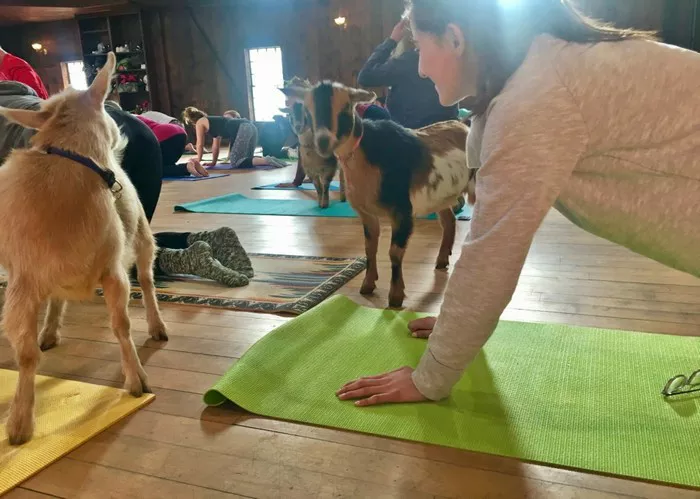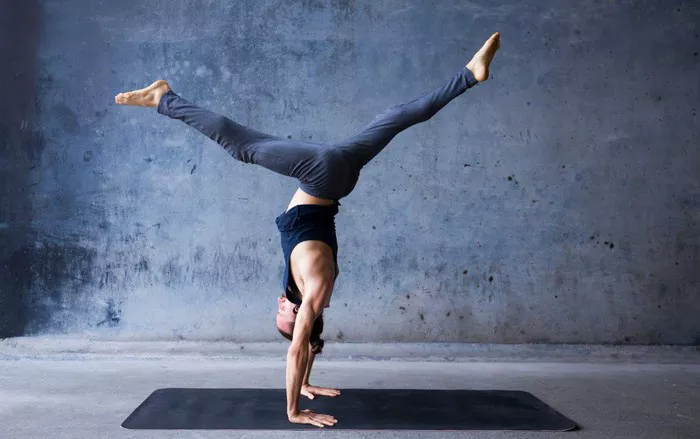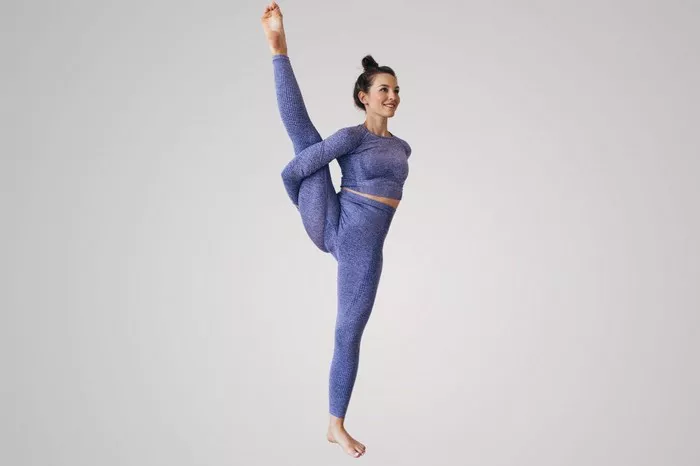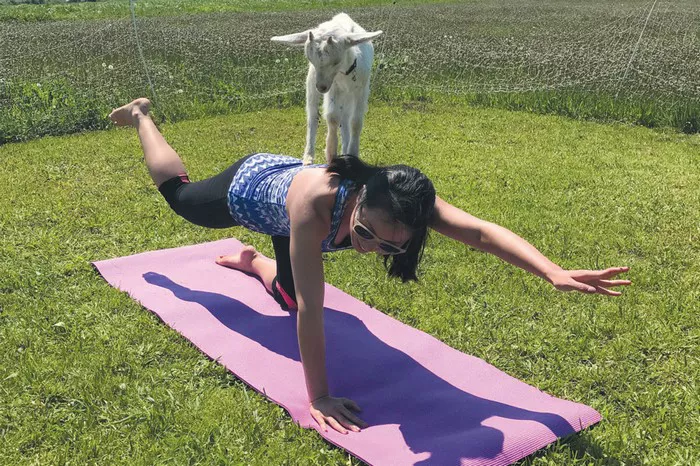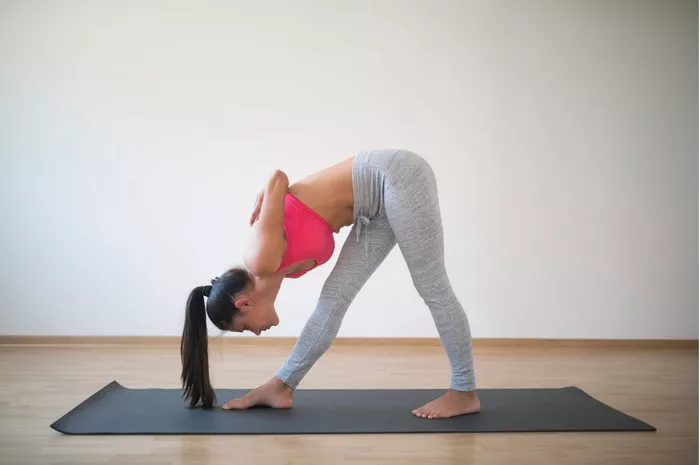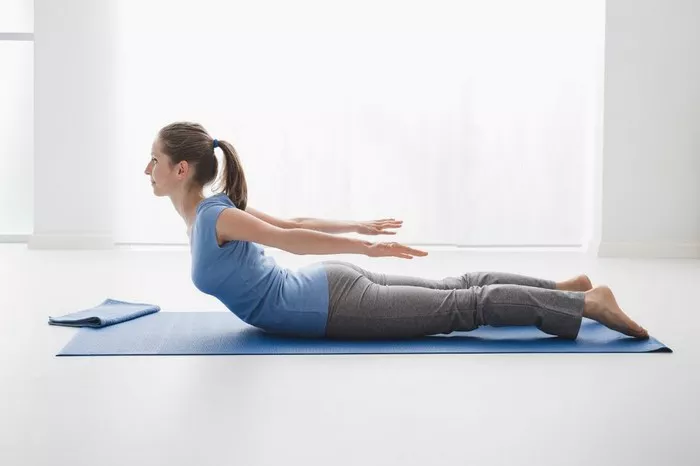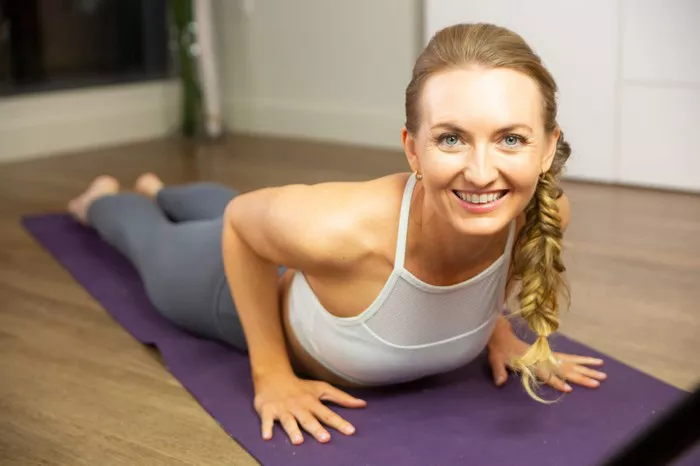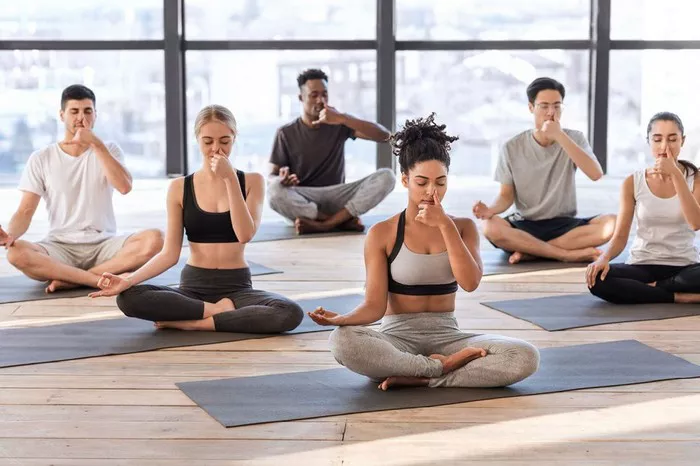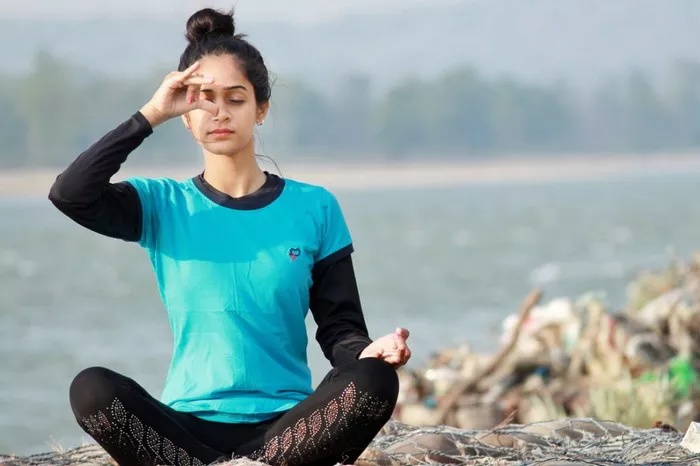The Boat Pose, known as Navasana in Sanskrit, is a powerful core-strengthening posture that is practiced frequently in yoga. As with most yoga poses, there are many variables to consider when deciding how long to hold any given posture. Holding a pose for an appropriate amount of time is crucial for both physical safety and mental benefits. In the case of Boat Pose, determining the correct duration depends on a variety of factors, including your personal yoga experience, strength level, and goals.
In this article, we will explore how long you should hold Boat Pose, why the duration matters, the factors that influence your hold time, and tips for improving your form and endurance. Whether you are a beginner or an advanced practitioner, understanding these aspects will help you perform the pose effectively and safely.
What is Boat Pose?
Before delving into the specifics of how long to hold Boat Pose, let’s first understand the pose itself.
Boat Pose (Navasana) is a seated balancing posture in which the body forms a “V” shape, with the legs extended and lifted off the floor and the torso leaning back. The arms can be extended forward parallel to the floor, or for a more advanced variation, they may be held beside the ears or overhead. The goal of the pose is to engage the core muscles to maintain balance and stability, while also engaging the hip flexors, thighs, and even the back muscles.
Benefits of Boat Pose
Boat Pose offers a multitude of benefits, making it a popular choice for practitioners across various yoga styles:
Core Strength: As a pose primarily targeting the abdominal muscles, Boat Pose strengthens the core. This includes the rectus abdominis (the “six-pack” muscles), obliques, and transverse abdominis. A strong core is essential for improving posture, balance, and overall strength.
Improved Balance: Balancing in the “V” shape demands a heightened sense of awareness and focus, which in turn improves overall balance and coordination.
Hip Flexor Strength: The position of the legs in Boat Pose activates and strengthens the hip flexors, which play an important role in movements such as walking, running, and cycling.
Spinal Support: The posture requires a slight lean of the upper body backward, which promotes spinal alignment and strengthens the muscles of the back. It also helps improve flexibility in the spine.
Mental Focus: Holding Boat Pose requires concentration and mental focus to maintain balance. Over time, this helps to develop mental resilience and mindfulness.
How Long Should You Hold Boat Pose?
Now, the most important question: How long should you hold Boat Pose? The answer varies from practitioner to practitioner, but there are general guidelines that can be followed depending on your experience level, strength, and goals.
1. For Beginners
If you are new to yoga or have limited core strength, you should not push yourself to hold Boat Pose for extended periods. Start by holding the pose for 5 to 10 seconds. Focus on engaging the core and maintaining proper alignment without straining. If you find it difficult to maintain balance or form, you can keep one foot on the floor or hold your legs slightly bent until you build more strength.
It’s important to remember that the quality of the hold is more important than the quantity of time spent in the pose. Holding the pose with proper form for a shorter period is far more beneficial than struggling to maintain the posture for a long time with incorrect form. Over time, as you build core strength and familiarity with the pose, you will be able to extend the hold.
2. For Intermediate Practitioners
If you have been practicing yoga for some time and have developed a certain level of core strength, you can aim to hold the pose for 20 to 30 seconds. By this point, you should be able to keep your torso upright, with your core muscles engaged, while maintaining balance. During this time, make sure you continue focusing on your breath, as deep, steady breathing will help you stay calm and prevent fatigue.
At this level, you might also start experimenting with variations of Boat Pose, such as the Full Boat Pose (Paripurna Navasana), where both legs are fully extended, and the arms are parallel to the floor. This version will engage the core and other muscles more intensely.
3. For Advanced Practitioners
For more experienced yoga practitioners, holding Boat Pose for 1 to 2 minutes or even longer is often achievable. At this level, your core muscles are significantly stronger, and you have developed the mental endurance to maintain the posture for an extended period. Advanced practitioners may also work on more challenging variations, such as twisting in the pose or lifting the legs even higher. However, even experienced yogis should pay attention to form and avoid overexerting themselves.
One important note for advanced practitioners: if your form begins to suffer, or if you feel pain or discomfort, it’s important to come out of the pose and rest. Maintaining perfect form and focusing on mindful breathing is crucial, even if you are holding the pose for longer durations.
4. For Strength-Building and Endurance Goals
If you are specifically working on building core strength or endurance, you may gradually increase the duration of the hold. This could involve holding Boat Pose for 3 to 5 minutes or incorporating several rounds of the pose into your practice. Holding for longer periods requires immense mental and physical stamina, so it’s important to listen to your body and progress at a pace that feels sustainable.
You can build up to longer holds by practicing the pose multiple times throughout your practice, gradually increasing the time by 5 to 10 seconds each session.
Factors Influencing How Long You Should Hold Boat Pose
While the guidelines above offer general advice for different experience levels, several factors will influence how long you should hold Boat Pose. These include your body type, strength, flexibility, and the goals of your practice.
1. Core Strength and Stability
One of the most important factors in determining how long you can hold Boat Pose is the strength of your core. Without adequate strength, it will be difficult to maintain balance and keep your torso from collapsing backward. If your core is weak, you may find that you can only hold the pose for a few seconds before your muscles fatigue. Over time, as you build core strength, you will be able to hold the pose longer.
2. Flexibility
Flexibility, especially in the hamstrings and hip flexors, also plays a role in how long you can hold Boat Pose. If your hip flexors or hamstrings are tight, you may find that your legs don’t fully extend, or you may experience discomfort when holding the position. Tightness in these areas can also affect your ability to maintain balance. A regular practice that includes hamstring and hip flexor stretches will help improve your flexibility and allow for a longer hold in the pose.
3. Mental Focus and Breath Control
Mental resilience is another factor that influences how long you can hold Boat Pose. Holding a challenging posture like this requires mental focus and concentration, especially when the muscles begin to fatigue. If you have a strong breath practice, you will be better equipped to manage fatigue and stay in the pose longer. Deep, steady breaths help oxygenate the muscles, reduce tension, and keep the mind calm.
4. Injury or Physical Limitations
It’s important to listen to your body and avoid pushing past your limits. If you have a history of back, neck, or shoulder injuries, you may need to modify the pose or hold it for shorter durations. Always prioritize safety and consult a healthcare professional or yoga instructor if you experience any discomfort or pain.
Tips for Holding Boat Pose Effectively
Regardless of how long you choose to hold the pose, there are several tips to ensure you get the most out of your practice.
Engage Your Core: The key to Boat Pose is activating your abdominal muscles. Ensure that your belly button is pulled toward your spine to activate the core. Don’t let your lower back arch excessively; keeping your spine neutral will help prevent strain on the lower back.
Avoid Straining the Neck: Keep your head in alignment with your spine. Do not look upward or strain your neck, as this can cause discomfort. If necessary, you can lower the head slightly or keep the gaze forward.
Modify the Pose: If you find it difficult to hold the full version of Boat Pose, you can modify it by keeping your knees bent or supporting your thighs with your hands. This allows you to build strength gradually.
Breathe Deeply: Breathe deeply and evenly throughout the pose. Inhale to lengthen the spine and exhale to deepen your engagement of the core muscles. Deep breathing helps prevent fatigue and allows you to stay focused.
Practice Consistently: Like any yoga pose, consistency is key. Practice Boat Pose regularly, gradually increasing the duration as your strength and endurance improve.
Conclusion
In conclusion, the duration for holding Boat Pose can vary significantly depending on your yoga experience, core strength, and individual goals. As a general rule, beginners should start with shorter holds (5 to 10 seconds), while intermediate practitioners can aim for 20 to 30 seconds, and advanced practitioners may hold the pose for 1 to 2 minutes or longer.
Regardless of how long you hold the pose, the most important thing is to maintain proper form, engage your core, and listen to your body. Over time, as your strength and endurance grow, you will naturally be able to hold the pose for longer periods, reaping the benefits of this powerful yoga posture.
Remember, yoga is not just about how long you can hold a pose—it’s about cultivating mindfulness, strength, and balance both on and off the mat. By practicing with awareness and patience, you will continue to progress in your yoga journey.
Related topics

